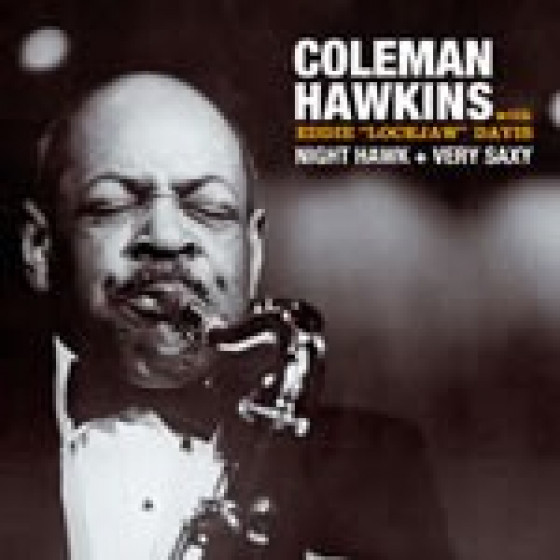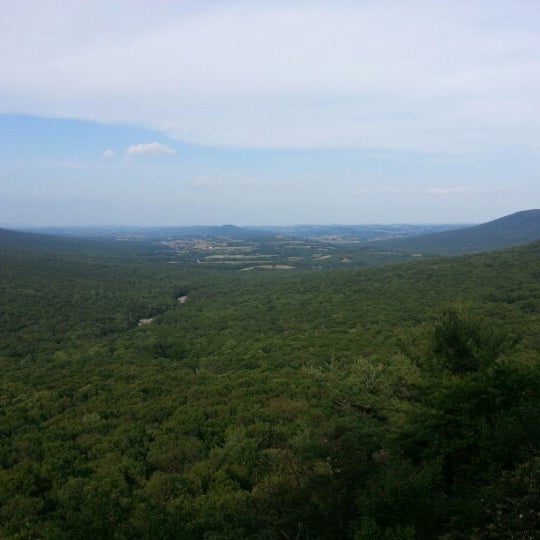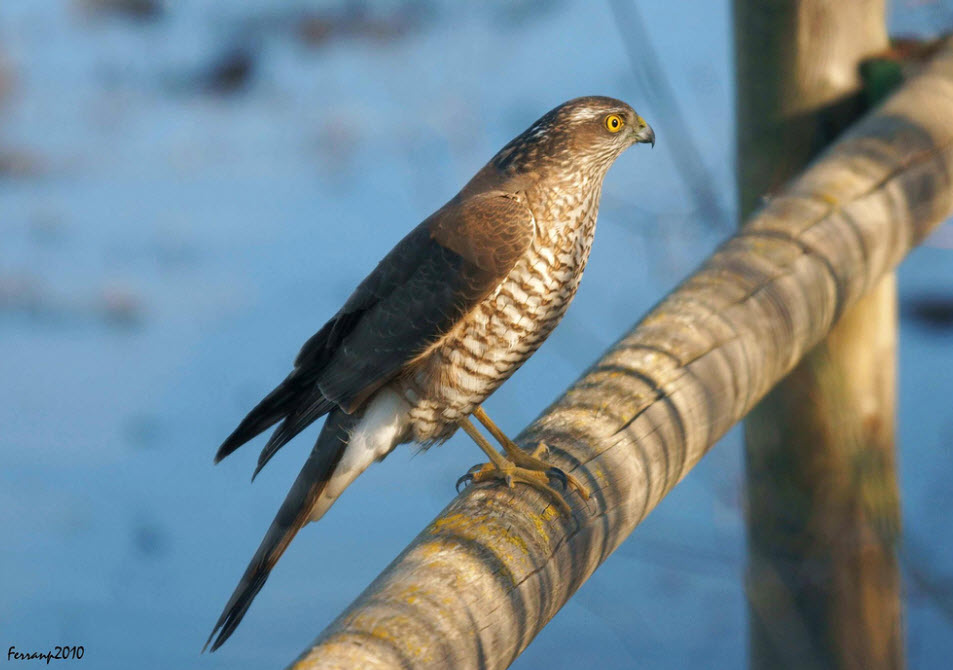

It is darker than sennetti and paler and less cinnamon than henryi. howelli – Oberholser, 1914: breeds in west central United States (north Texas, west Oklahoma, and Kansas to east Colorado, less typical form in central Colorado, north east Utah and Wyoming). neotropicalis – Selander & Alvarez del Toro, 1955: breeds in south Mexico and Honduras It is noted to depart Panama during winter for points in South America panamensis – Eisenmann, 1962: breeds on the Pacific slope of Panama and north west Costa Rica. There are 9 currently recognized subspecies: Alexander Wilson, "The Father of American Ornithology", correctly made the differentiation between the two species. The latter's call was explained as the nocturnal expression of the common nighthawk. Up until the early 19th century, the common nighthawk and the whip-poor-will were thought to be one species. The American Ornithologists' Union treated the smaller Antillean nighthawk as conspecific with the common nighthawk until 1982. Within the family Caprimulgidae, the subfamily Chordeilinae (nighthawks) are limited to the New World and are distinguished from the subfamily Caprimulginae, by the lack of rictal bristles. A semi-professional soccer team in Nebraska now uses the Bugeaters moniker. The Nebraska Cornhuskers college athletic teams were also briefly known the Bugeaters, before adopting their current name, which was also adopted by the state as a whole. The common nighthawk is likely the reason that Nebraska's state nickname was once the "Bugeater State", and its people were known as "bugeaters". They, in addition to other nightjars, are also sometimes called "bugeaters", for their insectivore diet. The common nighthawk is sometimes called a "bull-bat", due to its perceived "bat-like" flight, and the "bull-like" boom made by its wings as it pulls from a dive.


Its use in the Americas to refers to members of the genus Chordeiles and related genera was first recorded in 1778.

The term "nighthawk", first recorded in the King James Version of 1611, was originally a local name in England for the European nightjar. The specific minor is Latin for "smaller". The genus name Chordeiles is from Ancient Greek khoreia, a dance with music, and deile, "evening". In flight showing characteristic white wing bars The common nighthawk measures 22 to 25 cm (8.7 to 9.8 in) long, displays a wing span of 51 to 61 cm (20 to 24 in) weighs 55 to 98 g (1.9 to 3.5 oz), and has a life span of 4 to 5 years. There is noticeable barring on the sides and abdomen, also white wing-patches. The common nighthawk has long slender wings that at rest extend beyond a notched tail. This caprimulgid has a large, flattened head with large eyes facially it lacks rictal bristles. The common nighthawk shows variability in territory size. The males of this species may roost together but the bird is primarily solitary. With its horizontal stance and short legs, the common nighthawk does not travel frequently on the ground, instead preferring to perch horizontally, parallel to branches, on posts, on the ground or on a roof. Some claim appearance similarities to owls. The most remarkable feature of this aerial insectivore is its small beak that belies the massiveness of its mouth. This bird is most conspicuous when in its buoyant and erratic flight. Typically dark (gray, black and brown), displaying cryptic colouration and intricate patterns, this bird is difficult to spot with the naked eye during the day. The common nighthawk or bullbat ( Chordeiles minor) is a medium-sized crepuscular or nocturnal bird of the Americas within the nightjar family, whose presence and identity are best revealed by its vocalization.


 0 kommentar(er)
0 kommentar(er)
